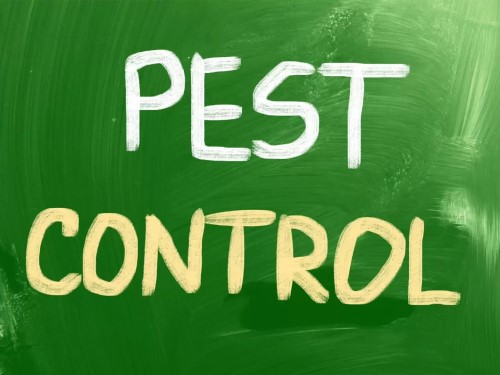

August 3, 2022
Keeping Pests Out of Your Self-Storage Facilities

Pests–aptly named for what they are–are devastating for any storage facility. Critters and creepy crawlies can wreak havoc not only on tenants’ belongings but on your self-storage facility’s reputation. Bugs are bad for business. Untreated, the damage caused by various pests can get out of hand very quickly.
Self-storage operators and owners should take the steps to prevent an infestation before it turns into a serious problem. Below is a general guide on how to take care of and prevent a pest problem. This isn’t a comprehensive list, so it’s better to inform yourself of best practices in pest control.
Perform Regular Inspections One of the reasons pests become an out-of-control problem is because of the nature of storage facilities. Units tend to open up wide with roll-up doors, allowing anything to sneak through. Tenants usually leave belongings in storage for months at a time. This allows the outside to creep in.
Regular maintenance and inspections can catch issues early. Making note of what problem pests seem to persist in can help storage facility operators know what to look out for and what to prevent. If your facility has more of an issue with bugs than critters, for instance, come up with a game plan to help focus your efforts and utilize your time and resources effectively.
Seal Cracks and Openings Rats, mice, bugs, and other pests can slip through any cracks and holes as long as the openings are just big enough. Sealing and stuffing these problem areas is the only solution to preventing this problem. Regular caulk can smoothly seal cracks. For larger openings, stuffing them with steel wool will prevent mice and rats from chewing through the barrier–regular cotton and cloth are no match for keeping out these crafty critters.
Ensure Proper Garbage Disposal/Sanitation Practices This should be a no-brainer. Garbage and clutter will do nothing but attract vermin and other unwanted critters. Ensure weekly trash disposal on the premises of your facility. Also, take the time to implement cleaning regimens to prevent dirt and grime and any general uncleanliness that causes any issues. Cleaning out storage units in between tenants is a good practice.
Purchase Insurance and Offer Tenant Insurance In the unfortunate event that belongings do get damaged, having insurance will help you navigate the nightmare. Make sure your policy covers damage from pests. Also, encourage tenants to purchase insurance to cover their belongings.
Encourage Tenants to Adhere to Best Self-Storage Practices: Not all measures in preventing pest problems are the responsibility of self-storage facility operators. Some pest problems can persist even with a rigorous regime. The best way to cover all your bases when it comes to preventing pest infestation is to ask some simple requests of your tenants as a way to prevent as much mayhem as possible.
Life is complicated and messy and nothing will ever be pristine or work perfectly. However, proper preventative measures such as simple steps your tenants can take will go a long way in preventing a pest problem. Encourage some self-storage best practices of your tenants such as:
- Store items in plastic containers with lids.
- Investing in shelves and keeping belongings off the ground as much as possible.
- Wrapping upholstered furniture and mattresses.
- Not storing perishables, such as food.
- Using mothballs as a deterrent for bugs and larger pests.
- Visiting the unit often and reporting any signs of pests.
